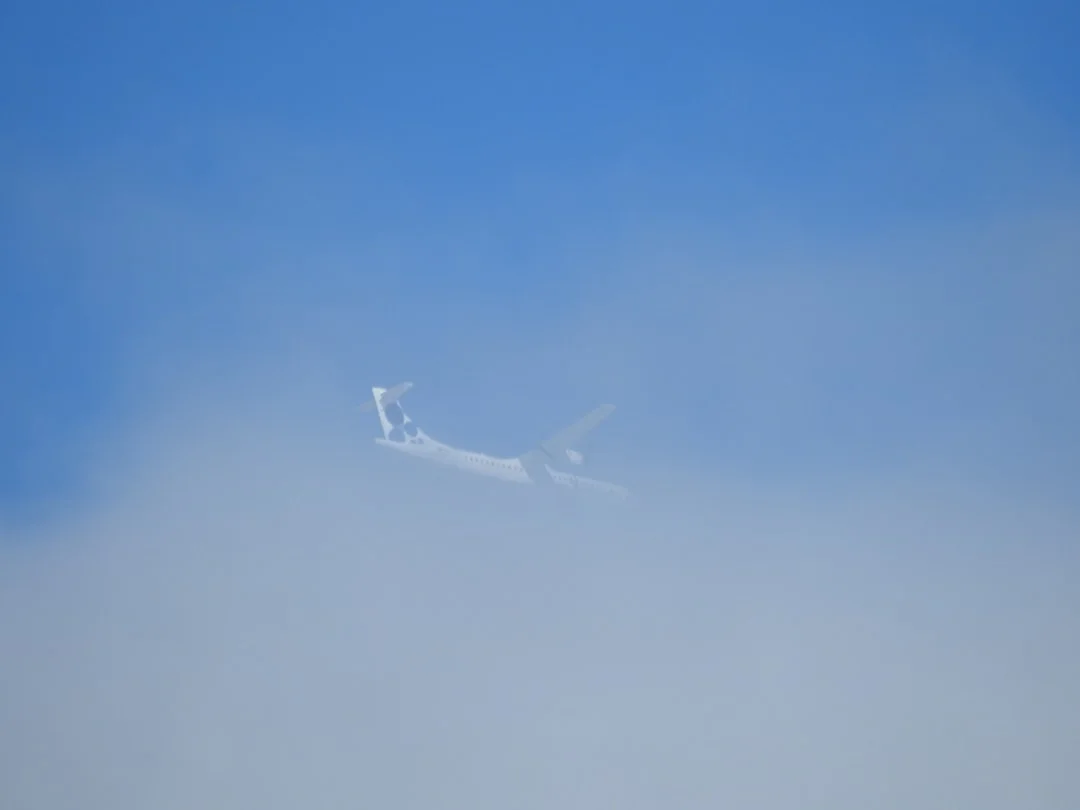The Airbus A320 is one of the most commonly used commercial aircraft in the world. As pilots navigate this aircraft, they must take into consideration various factors that can affect their flight path, including magnetic variation or MAG VAR. Magnetic variation plays a crucial role in determining the direction of the aircraft and ensuring navigational accuracy. In this article, we will explore what magnetic variation is and how it is relevant to the Airbus A320.
Contents
Magnetic Variation Explained
Magnetic variation, also known as magnetic declination, refers to the difference between true north and magnetic north. True north is the direction towards the geographic North Pole, while magnetic north is the direction indicated by a compass needle. This variation occurs due to the Earth’s magnetic field and the movement of its magnetic poles. Since the Earth’s magnetic field is not perfectly aligned with its geographic axis, the magnetic north and south poles do not coincide with the geographic poles.
As a result of this misalignment, an aircraft’s compass may not necessarily point to true north when in flight. Pilots need to account for the magnetic variation and apply corrections to their navigational calculations to determine accurate headings and tracks. Failure to consider magnetic variation can lead to navigational errors and unintended deviations from the intended flight path.
To understand magnetic variation further, imagine standing at a location where true north, magnetic north, and the location’s magnetic variation intersect. The angle between true north and magnetic north represents the magnetic variation at that specific location. This angle is measured in degrees and can vary based on the location.
Magnetic Variation and the Airbus A320
The Airbus A320 relies on a variety of navigational instruments and systems to ensure safe and accurate flight. One of these essential instruments is the magnetic compass, which provides a primary reference for the aircraft’s heading. However, due to magnetic variation, the magnetic compass alone is not sufficient for precise navigation.
For navigational purposes, the Airbus A320 incorporates a magnetic heading reference system (MHRS). The MHRS combines data from multiple sources, including the magnetic compass, inertial reference systems, and GPS, to calculate the aircraft’s true heading and account for magnetic variation. This integrated approach allows the Airbus A320 to provide accurate navigation regardless of the magnetic variation encountered during a flight.
When programming the flight management system (FMS) on an Airbus A320, pilots input the magnetic variation specific to their departure airport and destination airport. The FMS then uses this information to compute the aircraft’s true tracks, which are the desired paths over the earth’s surface. By accounting for the magnetic variation, the FMS ensures that the aircraft follows the intended route and maintains the desired course.
Calculating Magnetic Variation
To calculate the magnetic variation for a particular location, pilots rely on various resources, including aeronautical charts, navigational databases, and magnetic variation models. Aeronautical charts provide information on the magnetic variation at specific points, typically indicated as a small symbol on the chart. Navigational databases also incorporate magnetic variation data to assist pilots in accurately planning their routes.
Furthermore, pilots can access magnetic variation models, which predict the approximate magnetic variation for any location on Earth based on historical data and mathematical modelling. The World Magnetic Model (WMM) is one example of such a model, which is widely used by pilots and navigators globally.
It is important for pilots to regularly update their magnetic variation information as the Earth’s magnetic field continuously changes over time. This ensures that their navigational calculations remain accurate and aligned with the current magnetic variation at their intended flight location.
The Importance of Magnetic Variation Knowledge
Having a solid understanding of magnetic variation and its implications is crucial for pilots operating the Airbus A320. By knowing the magnetic variation at their departure and destination airports, pilots can accurately plan their routes, calculate precise headings, and maintain proper course throughout the flight.
Additionally, pilots must actively monitor the magnetic compass and compare its indications to the navigation displays and systems on board the Airbus A320. Any noticeable discrepancies could signal a deviation in the magnetic variation calculated or accounted for, alerting the pilots to take corrective action and ensure precise navigation.
Ultimately, magnetic variation plays a fundamental role in the safe and accurate navigation of the Airbus A320. By understanding and considering this important factor, pilots can confidently navigate their flights, adhere to designated routes, and reach their destinations with precision.
For More: What is APU on Airbus A320? (Auxiliary Power Unit)




